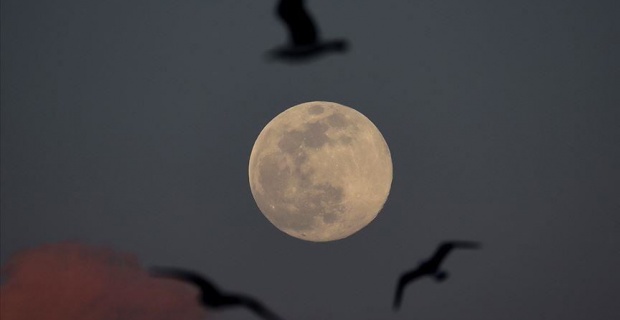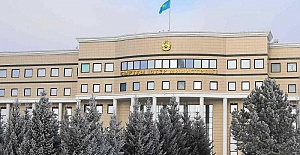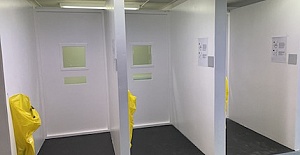NASA announced Monday it has confirmed the presence of water on the sunlit surface of the Moon, marking a historic discovery with potential implications for US plans to send a manned crew to Mars.The discovery was made with SOFIA, NASA's airborne observatory run in conjunction with the German Aerospace Center. The flying observatory discovered a small amount of water in Clavius Crater, which is one of the largest craters seen from the Earth.
Paul Hertz, NASA's Astrophysics Division Director, said the discovery has undone prior assumptions that water on the sunlit surface would not survive the lunar day.
"This discovery reveals that water might be distributed across the lunar surface, and not limited to the cold shadowed places near the lunar poles where we have previously discovered water ice," he told reporters on a conference call. "This discovery raises new questions about how water is created, and how it can persist in the harsh, air-less conditions of the sunlit lunar surface."
NASA said in a statement issued shortly after the virtual news conference that is currently unclear if the recently-discovered water can be used as a resource, but noted that the Artemis program, the space agency's planned manned Mars mission, hopes to quickly learn all there is to know about it before sending a crew to the Moon in 2024.
The plan is to then establish a permanent presence on the moon's surface by the end of the decade, and then send a crew to Mars using that experience.
NASA is planning to use SOFIA to scan additional sunlit portions of the Moon to "learn more about how the water is produced, stored, and moved across the Moon," the space agency said.
"The data will add to the work of future Moon missions, such as NASA’s Volatiles Investigating Polar Exploration Rover (VIPER), to create the first water resource maps of the Moon for future human space exploration," it said.


 Prime Minister Keir Starmer's 2025 Easter message
Prime Minister Keir Starmer's 2025 Easter message After Nesil Caliskan a by-election will be held in Jubilee ward in Enfield
After Nesil Caliskan a by-election will be held in Jubilee ward in Enfield Publishing the analysis, Labour’s Cllr Ergin Erbil said Everybody in Enfield deserves basic rights
Publishing the analysis, Labour’s Cllr Ergin Erbil said Everybody in Enfield deserves basic rights Gaza-Israel conflict Statement from Cllr Ergin Erbil, Leader of Enfield Council
Gaza-Israel conflict Statement from Cllr Ergin Erbil, Leader of Enfield Council The European Union called on Turkey to uphold democratic values
The European Union called on Turkey to uphold democratic values Turkish citizens in London said Rights, Law, Justice
Turkish citizens in London said Rights, Law, Justice The Council of Turkish Cypriot Associations Geneva response letter
The Council of Turkish Cypriot Associations Geneva response letter Sustainable Development and ESG, Will This Become the Course for Turkic World
Sustainable Development and ESG, Will This Become the Course for Turkic World The 'Prince of Paris' has impressed in his first EuroLeague season
The 'Prince of Paris' has impressed in his first EuroLeague season Saran Media And Euroleague Basketball Extend Media Rights Partnership for Four More Years
Saran Media And Euroleague Basketball Extend Media Rights Partnership for Four More Years Will Rangers be Jose Mourinho’s next victim?
Will Rangers be Jose Mourinho’s next victim? Jose Mourinho's Fenerbahce face Rangers on Thursday
Jose Mourinho's Fenerbahce face Rangers on Thursday Barclays has become the biggest UK lender so far to cut mortgage rates
Barclays has become the biggest UK lender so far to cut mortgage rates THE SPRING STATEMENT EXPLAINED, UK ECONOMIC OUTLOOK AND GROWTH FORECASTS
THE SPRING STATEMENT EXPLAINED, UK ECONOMIC OUTLOOK AND GROWTH FORECASTS Launch of Made in Enfield gift shop to celebrate local artists and designers
Launch of Made in Enfield gift shop to celebrate local artists and designers Trial used smart Wi-Fi sensors for live building occupancy data to optimise
Trial used smart Wi-Fi sensors for live building occupancy data to optimise





















